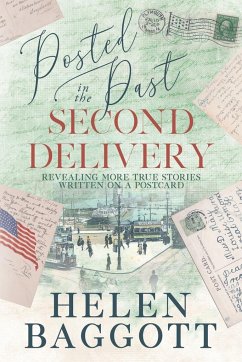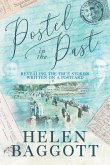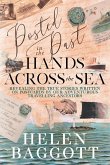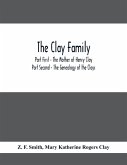The man who helped keep the doors to London's Great Ormond Street Hospital open for more than 30 years, and other true stories This new collection of postcards tells the true stories of the people who received and sent them. Posted during the early years of the 20th century to addresses on both sides of the Atlantic, they reveal the stories of our ancestors. Includes the Whitford family of silversmiths, actor Lionel Millard (who appeared in the first play televised by the BBC), Phil Goatcher (the artist who created some of the most memorable theatre backdrops in London's West End, America and Australia), the man who made the coffin for the Unknown Warrior, the Armistead family in Colonial Williamsburg, and many more true stories. Postcards sent in America connect to the War of Independence and Civil War, and some illustrate the story of the Mayflower and beyond. Have you ever watched Who Do You Think You Are? and A House Through Time and thought about researching your own family's history? Perhaps you've started a family tree and soon become stumped? Posted in the Past - Second Delivery is sure to ignite your enthusiasm to learn more about your own history. As well as revealing the stories behind the postcards, this book also shares how some of the research was completed, providing tips for the beginner genealogist. These postcards are more than handwritten messages - they are our past. The book is illustrated with black and white images of both sides of the postcards and can be viewed in colour on a blog that accompanies the book.
Hinweis: Dieser Artikel kann nur an eine deutsche Lieferadresse ausgeliefert werden.
Hinweis: Dieser Artikel kann nur an eine deutsche Lieferadresse ausgeliefert werden.








